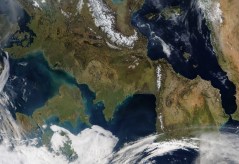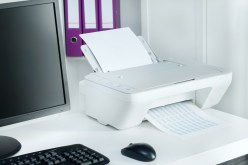The Inspiring Early Life of Mae Jemison: Key Facts You Should Know
Mae Jemison is a name synonymous with breaking barriers and inspiring generations. As the first African American woman in space, her journey began long before she made her historic flight aboard the Space Shuttle Endeavour in 1992. This article explores key facts from her early life that shaped her remarkable career and contributions to science, medicine, and education.
Early Beginnings in Decatur, Alabama
Mae Carol Jemison was born on October 17, 1956, in Decatur, Alabama. She was the youngest of three children in a family that valued education and encouraged curiosity. Her parents—Charlie Jemison, a carpenter and factory worker, and Dorothy Jemison, an elementary school teacher—instilled strong values about the importance of learning. At a young age, Mae developed an interest in science and space but faced societal norms that often discouraged girls from pursuing such fields.
Education That Ignited Her Passion
Jemison’s educational journey began at the local Integrated School where she excelled academically. By age 16, she graduated from high school and went on to attend Stanford University on a scholarship. She received her Bachelor of Science degree in Chemical Engineering in 1977 while also completing courses in African American studies. Following this accomplishment, Mae pursued her Doctorate of Medicine at Cornell University Medical College and graduated in 1981—making strides as one of only a few African American women to earn this degree during that time.
Experiences That Shaped Her Vision
During medical school at Cornell University, Mae’s passion for science expanded beyond academics; she engaged with various humanitarian efforts both domestically and internationally. After completing her studies, she worked as a general practitioner while also participating as a medical officer for the Peace Corps in West Africa from 1983 to 1985. These experiences not only deepened her understanding of global health issues but also reinforced her commitment to using science for social good—a theme that would recur throughout her career.
Her Drive Towards Space Exploration
Jemison’s interest in space was sparked by watching Star Trek as a child; however, pursuing a career with NASA seemed like an unattainable dream due to gender biases within the field at the time. Nevertheless, Mae refused to be deterred by obstacles or stereotypes against women or people of color aspiring for careers as astronauts. In 1987 she applied for NASA’s astronaut program after being inspired by other female astronauts’ achievements—and became one of fifteen candidates selected out of over two thousand applicants.
Legacy Beyond Earth: Inspiring Future Generations
Today Mae Jemison’s legacy extends far beyond her groundbreaking flight into space; it includes mentorship programs aimed at encouraging young girls—especially those from marginalized communities—to explore STEM (Science Technology Engineering Mathematics) fields. She founded The Earth We Share (TEWS), an international science camp designed for students aged twelve through fourteen to enhance their scientific thinking skills through hands-on learning experiences—demonstrating how vital education is when cultivating future leaders.
Mae Jemison’s early life is filled with inspiring stories that reflect determination against adversity—a true testament that education can empower individuals irrespective of their backgrounds or circumstances they face along their journeys into uncharted territories like outer space.
This text was generated using a large language model, and select text has been reviewed and moderated for purposes such as readability.






